An original Ford GT40, like any 50-year old racing car that represents its manufacturer in the public eye, requires an unstinting attention to detail to ensure any appearance doesn’t end prematurely with an embarrassing puddle underneath – or worse.
Happily for Ford, it has hugely experienced heritage workshop technicians Colin Gray and Ivan Bartholomeusz to tinker, cajole and cosset these superlative machines into peak condition. Somewhat less promisingly, they also have me today to generally obstruct, fumble and look clueless. I have already nearly fainted with excitement at the prospect of groping a GT40’s oily bits.
Read the full story on the new Ford GT from the Detroit motor show
And there’s no exhibit in Ford UK’s huge heritage fleet more prized than GT40 chassis number 1008, a Mk1 owned by Ford since new with the specific purpose of fulfilling the requests of salivating hacks everywhere.
That explains the Mk2 bodywork and colour scheme in deference to the car that won the Le Mans 24 Hours in 1966. As in previous years, chassis number 1008 will be a course car at the Goodwood Revival meeting this weekend, alongside it’s Mk3 road car sister.
If the patient would like to get undressed…
Like most dedicated racing cars, the GT40 exposes its guts quickly, an attribute vital in the heat of competition. A large bladed screwdriver is all that’s required for the four chunky screws on the front access hatch, ’though in truth you’d get away with a two-penny piece.
With the hatch removed – and not forgetting disconnecting the multi-pin plug for the headlamps either side – it’s two more screws and a bolt under each front wheelarch to remove the entire front clam. The rear clam (glassfibre, like the rest of the bodywork) pivots on a simple bracket at the very tail of the car, but the two steel wires that prevent it tipping over backwards obviously have to be removed first (one is sagging a bit – that’ll need attention). It’s a two-man job to lift it off, and a little bit heavier than I had expected. Sweaty palms ensue.
The doors are also removed. If you just so happened to have acquired a priceless Le Mans-winning Ford for your own garage, you’ll require a 5/16th socket on those…
What’s on the list chaps?
Colin and Ivan have a job checklist that stays with the car. That way they both know what the other has done to the vehicle, especially important given so many cars to look after, it’s not necessarily possible to work solidly on one car at a time.
You can’t beat cubic inches
The strength of the iron block V8 was a cornerstone of the GT40’s success in endurance racing. This particular 289 cu/in V8 (that’s 4.7-litres before you ask) is currently rated at about 380bhp, somewhere between road and race trim, and was recently rebuilt.
Today we’ll be making sure the oil is up to the correct level, checking the timing, the mixture on the imposingly gorgeous Weber IDA carbs, the points, changing the plugs, and generally having a good look for any leaks. With the hammock-like seat cushions lifted out of the way exposing the simple webbing underneath, the inspection hatch on the bulkhead can be removed, and it’s at that precise moment you realise how close the driver’s elbow is to the V8’s furiously rotating crankshaft.
Sorry, what was that?
Chunky silencers mean the V8 is loud, but not punishingly so, its fruity fumes more likely to render you speechless rather than any sonic assault. It’s while checking the static timing that the ferocity of it is brought home: I hold onto the roof section for support while I lean into the cabin with the timing light, and the V8’s percussive thuds at idle flow through the car and up my arm like a road drill. You don’t just hear each cylinder explosion; you feel it.
Time to torque
It’s an odd feeling hitting an impossibly valuable historic racing car as hard as possible with a mallet, but that’s what you have to do to free off the spinners that locate those gorgeous Hallibrand wheels. The rear of the GT40 is jacked up underneath the wishbone, so it’s now a case of checking the major bolts with a torque wrench, examining brake pads and discs, and making sure all the pipes are fine. The chaps have already checked the front end, including the steering and suspension, plus the coolant system.
Leave it to the experts
Colin and Ivan continue with their work, and given I’m clearly some way out of my spannering depth I perfect my entry into the cabin – there’s one way to do it, and one way only – and click the door shut, while remembering to tilt my head so as to not slice the top of it off with the leading edge of the door.
Laid prone inside the dark, snug cockpit, I’m soon lost in an evocative world of classic sports car racing. Is that Hans Hermann’s ailing long-tail Porsche 908 up ahead? Drop the hammer!
Get the latest car news, reviews and galleries from Autocar direct to your inbox every week. Enter your email address below:

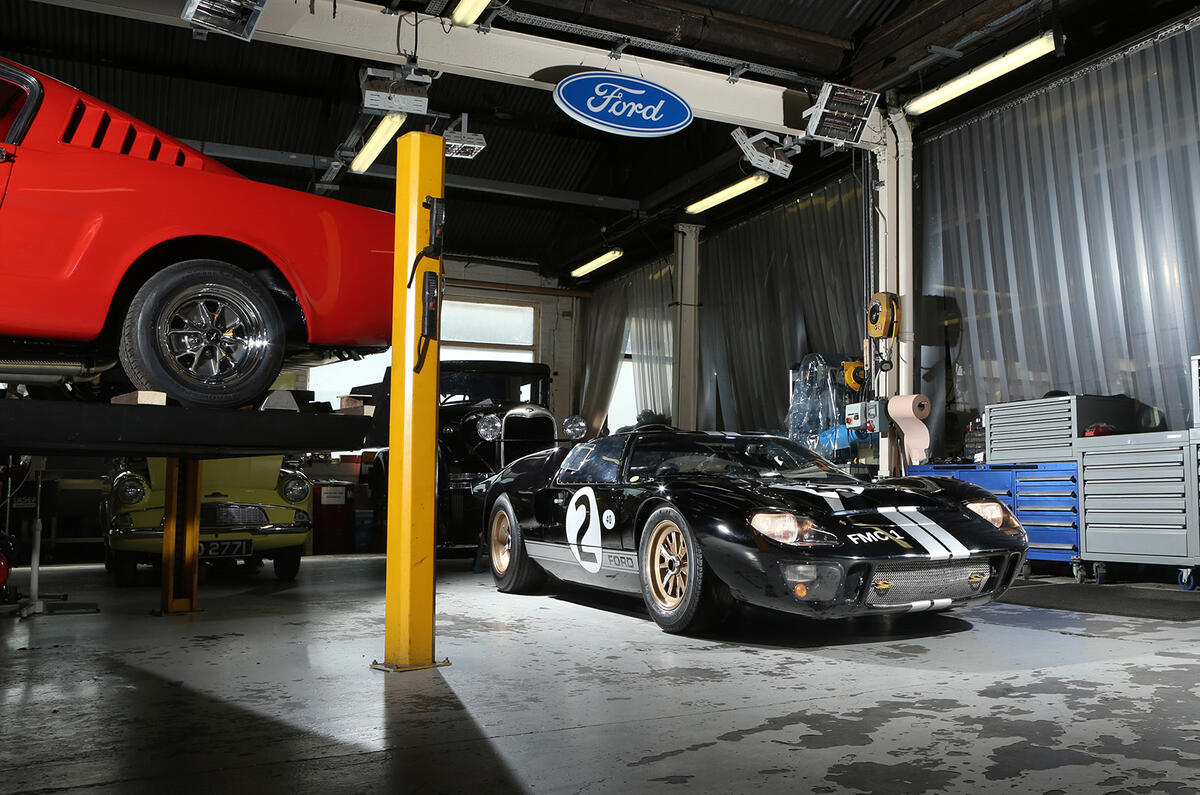

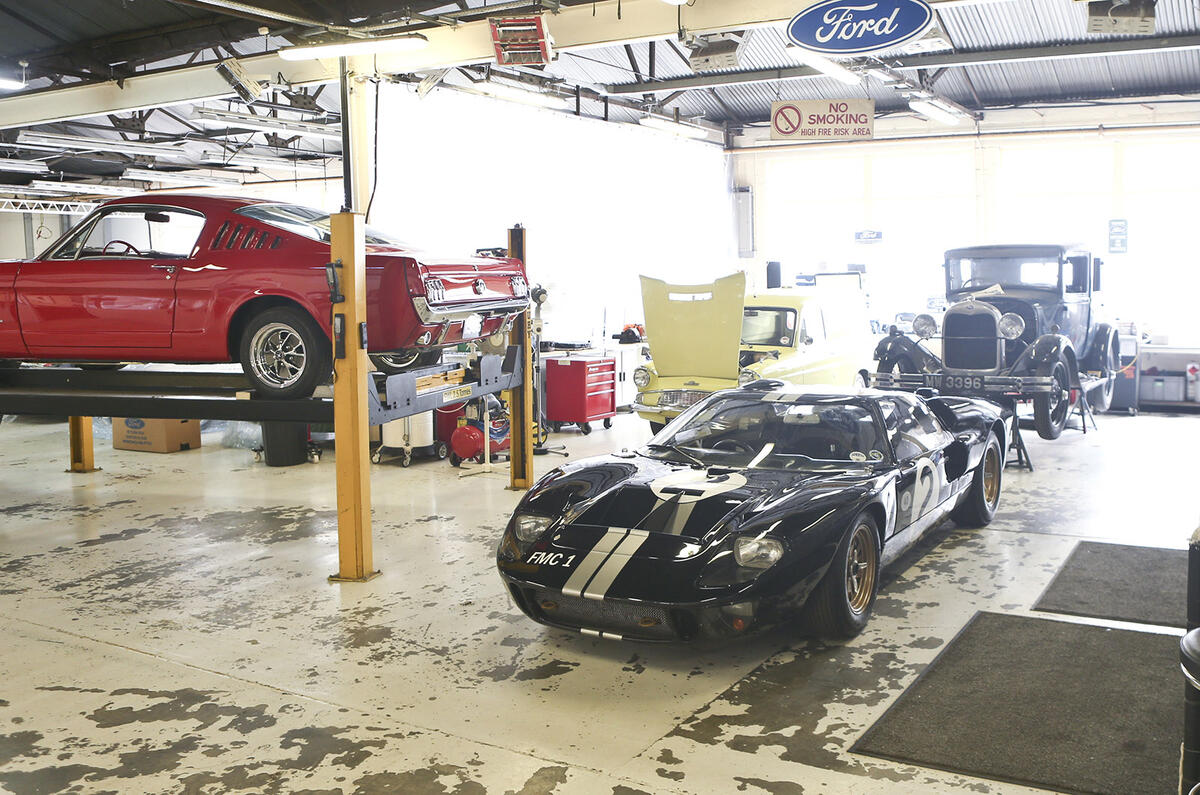
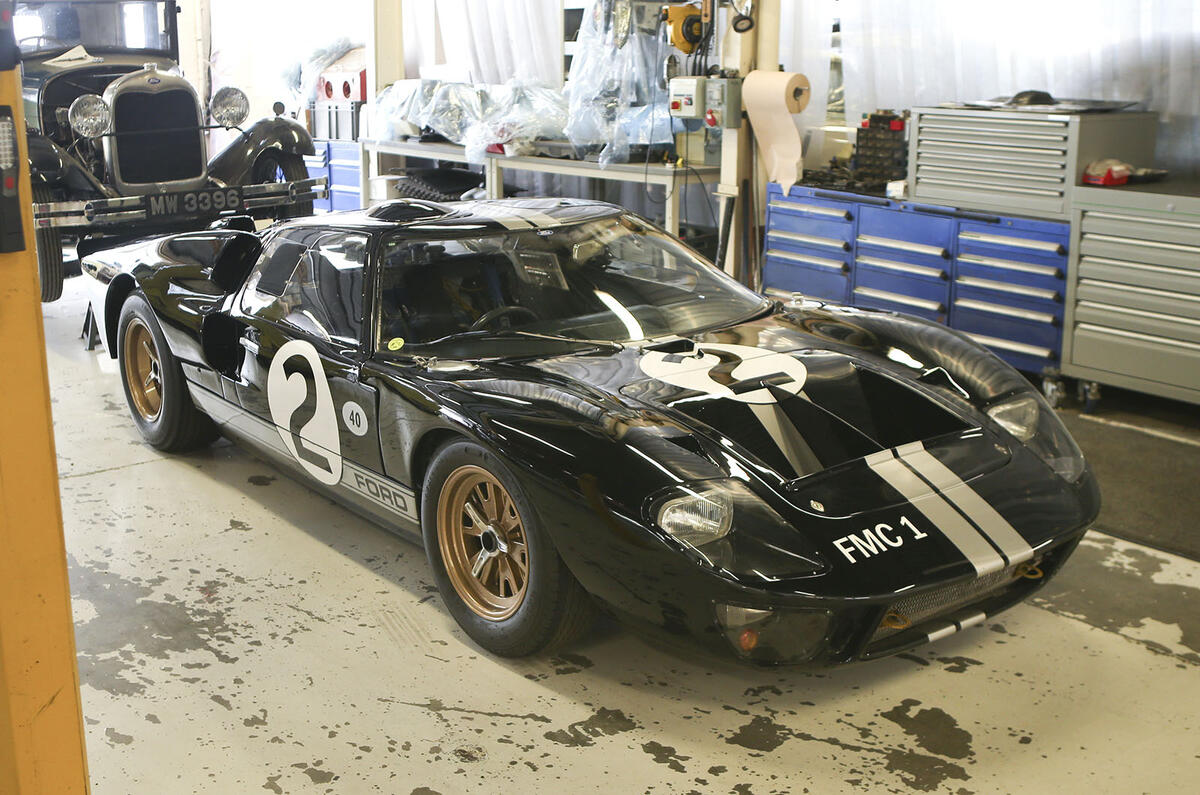
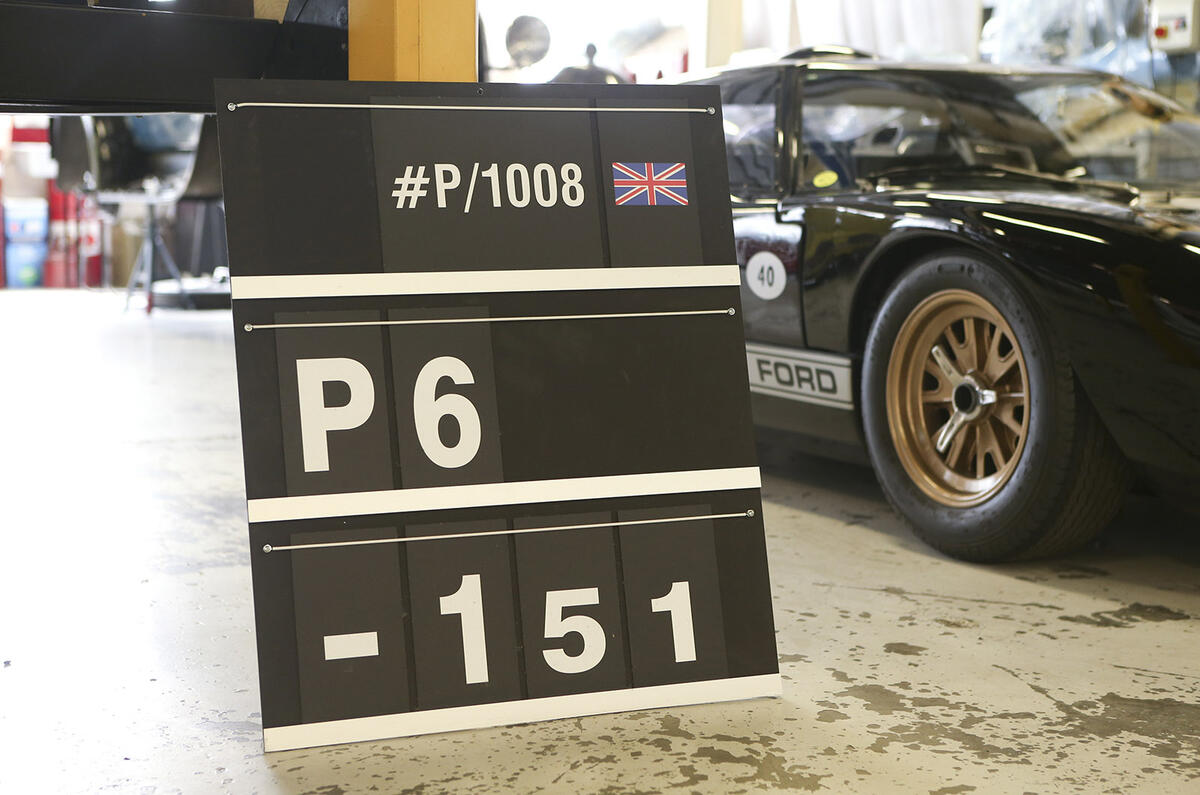
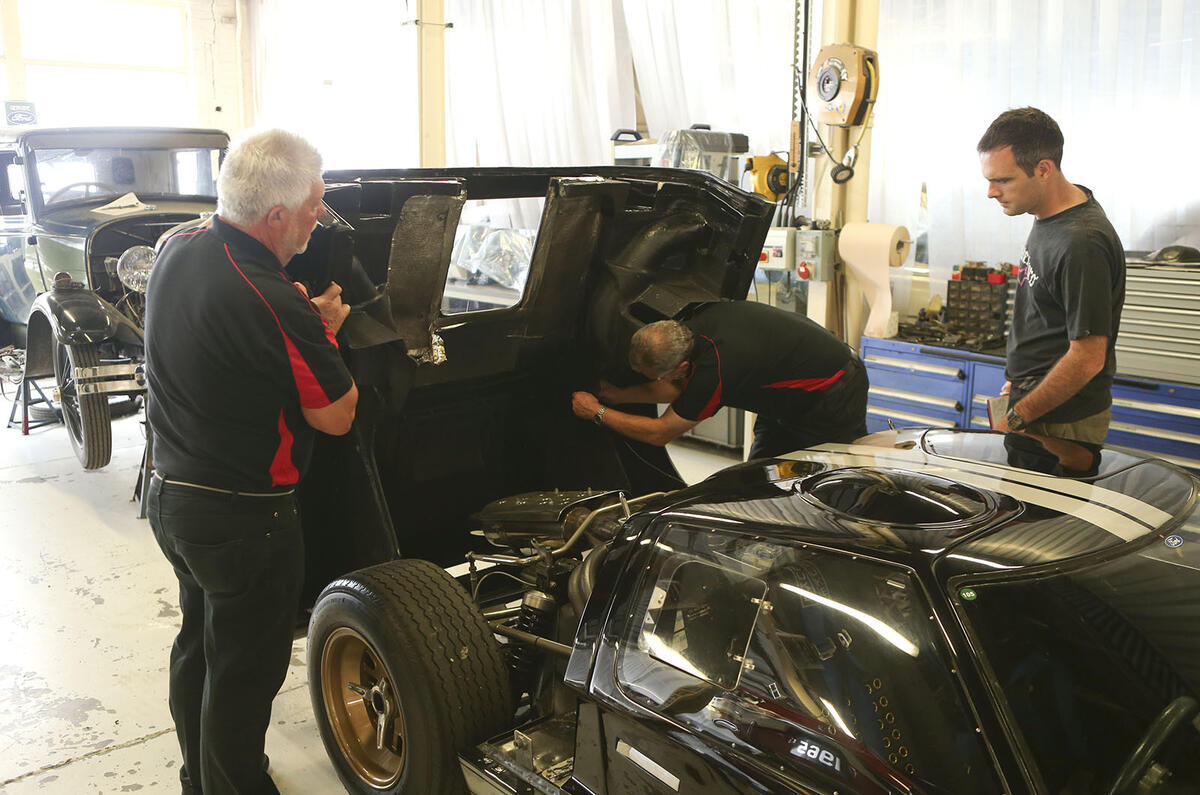
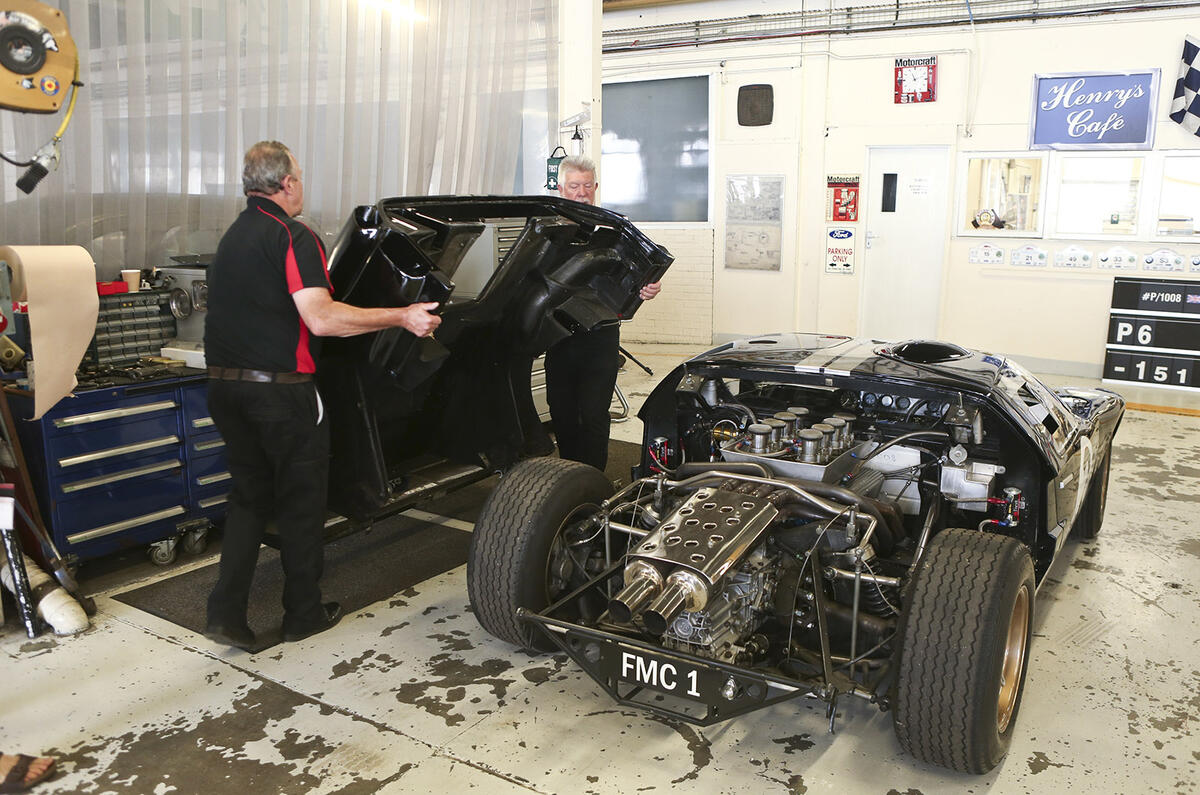

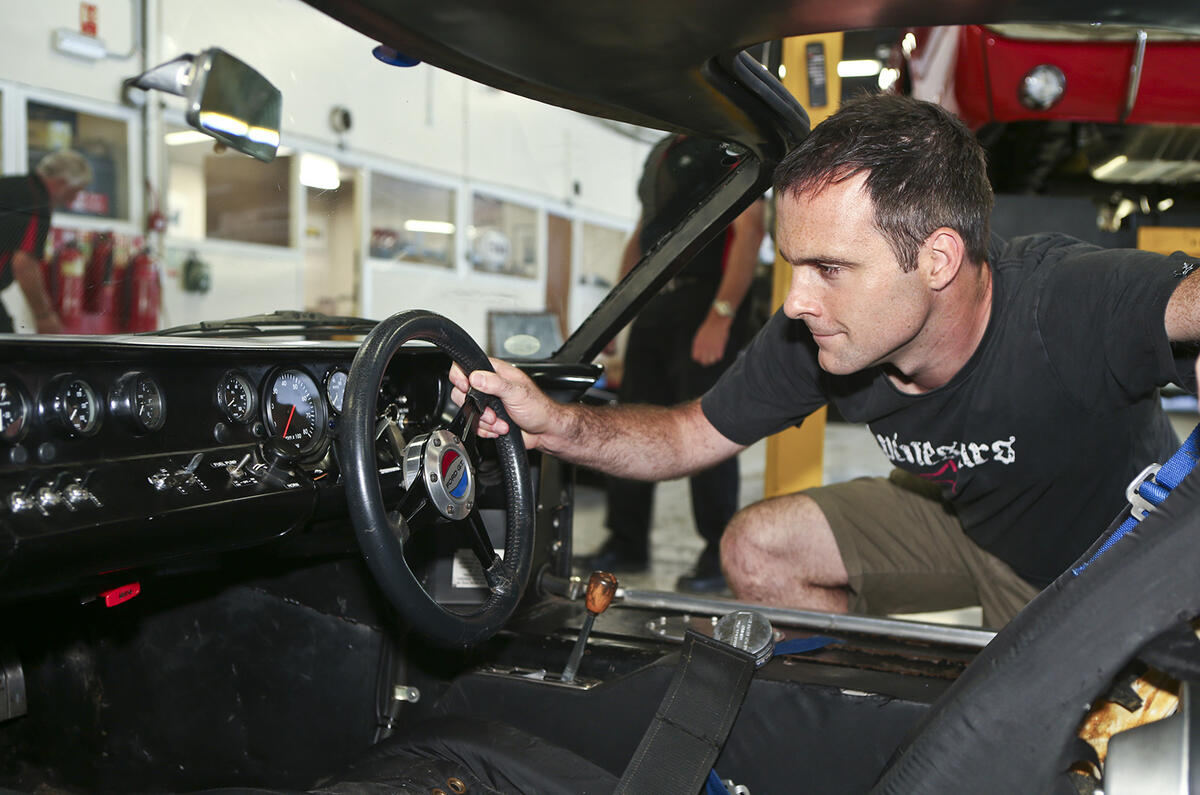
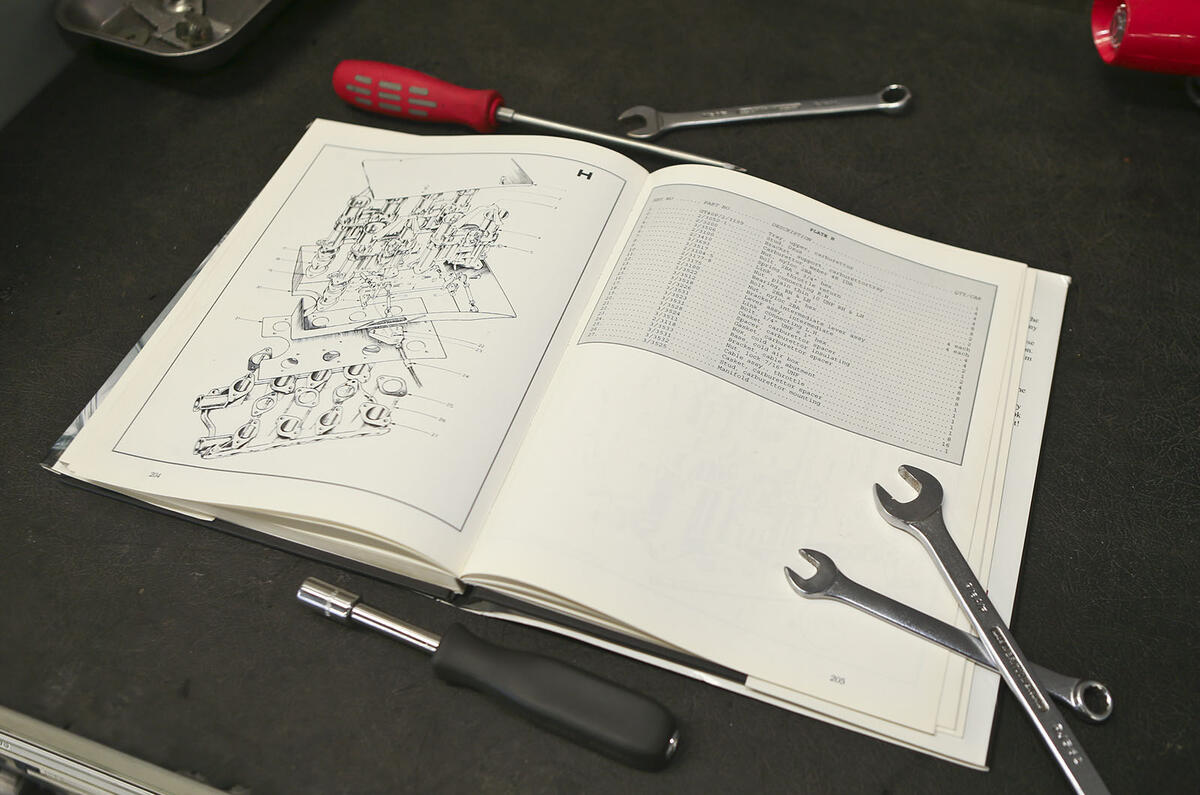
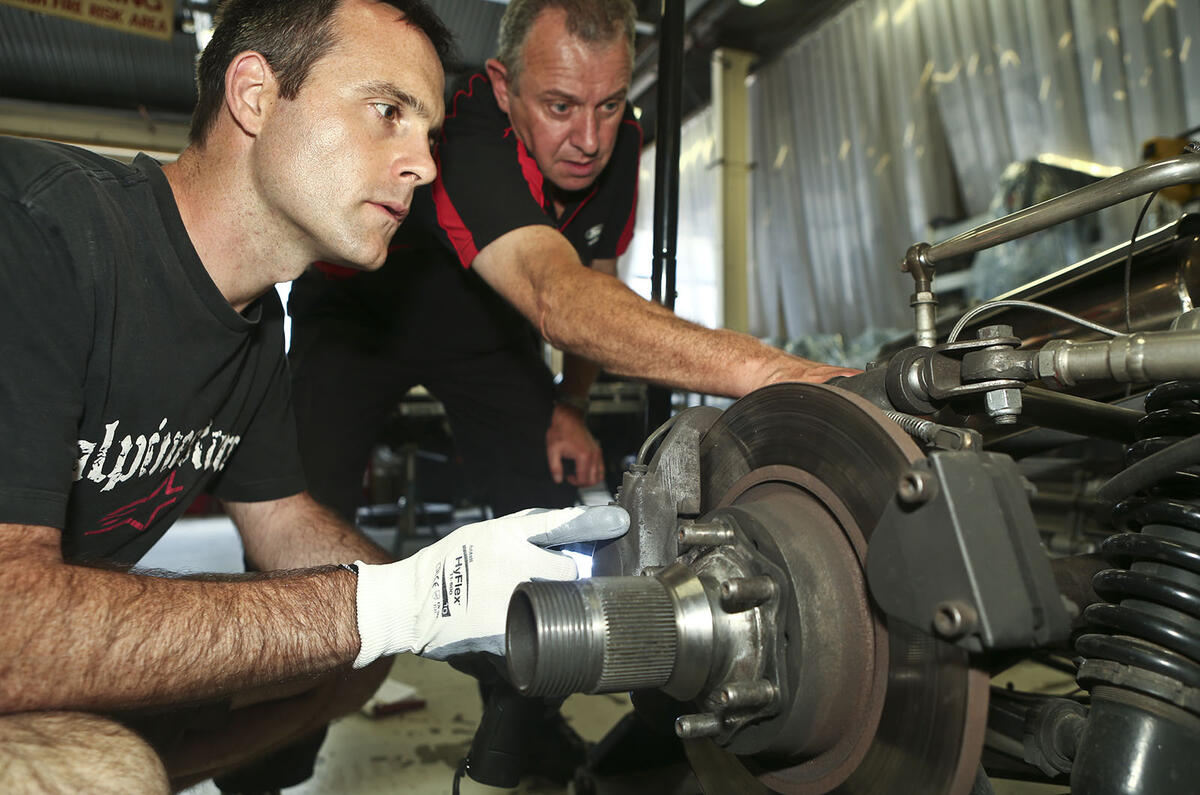
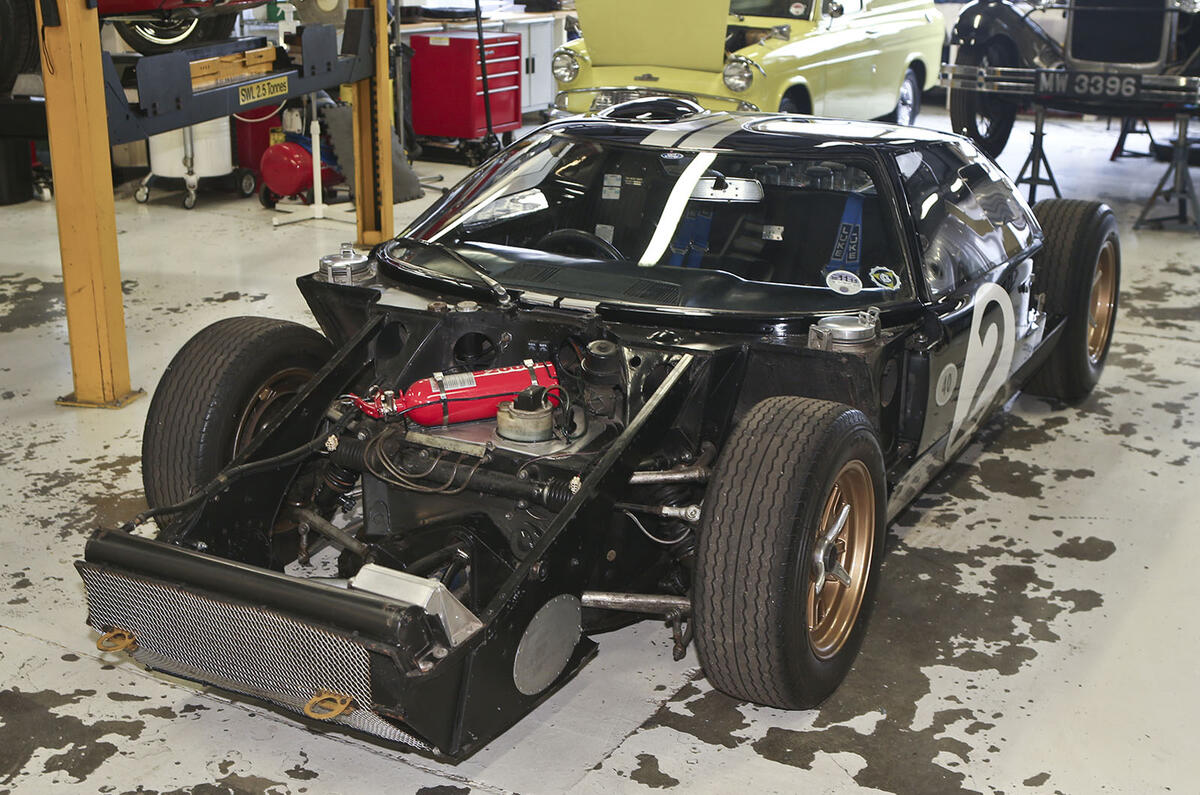
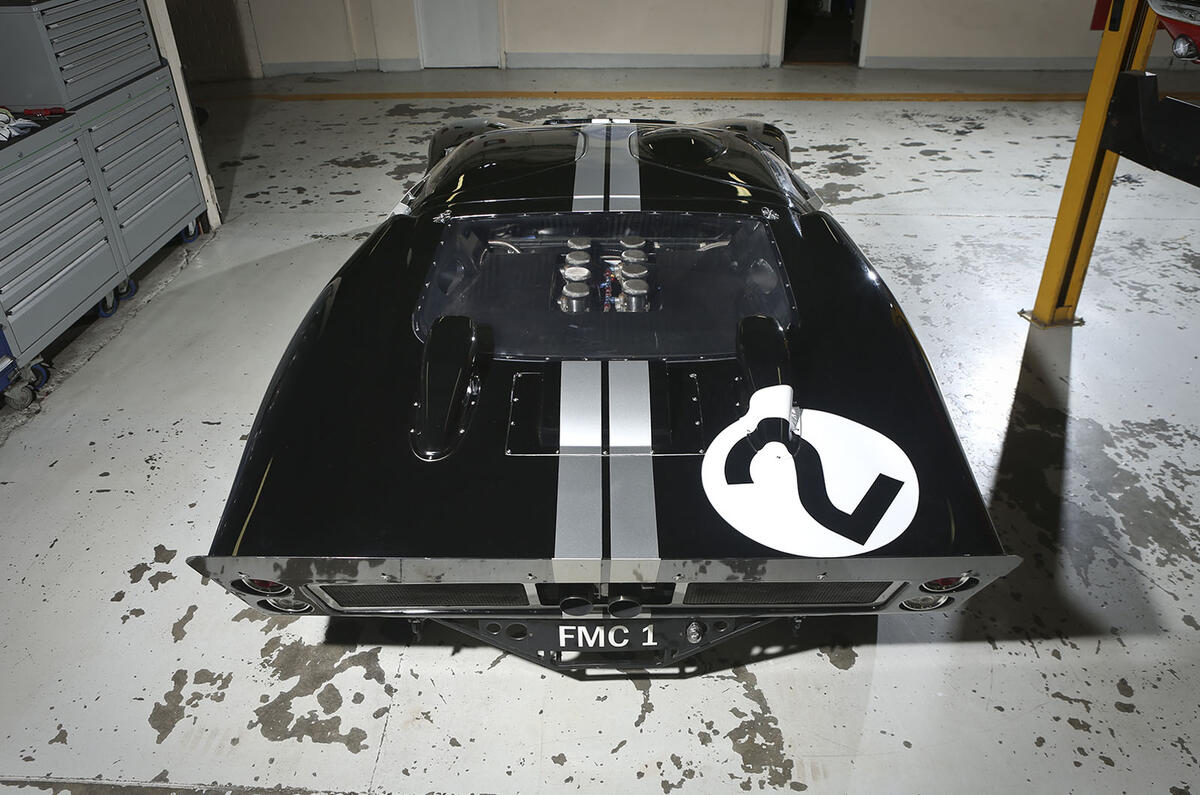
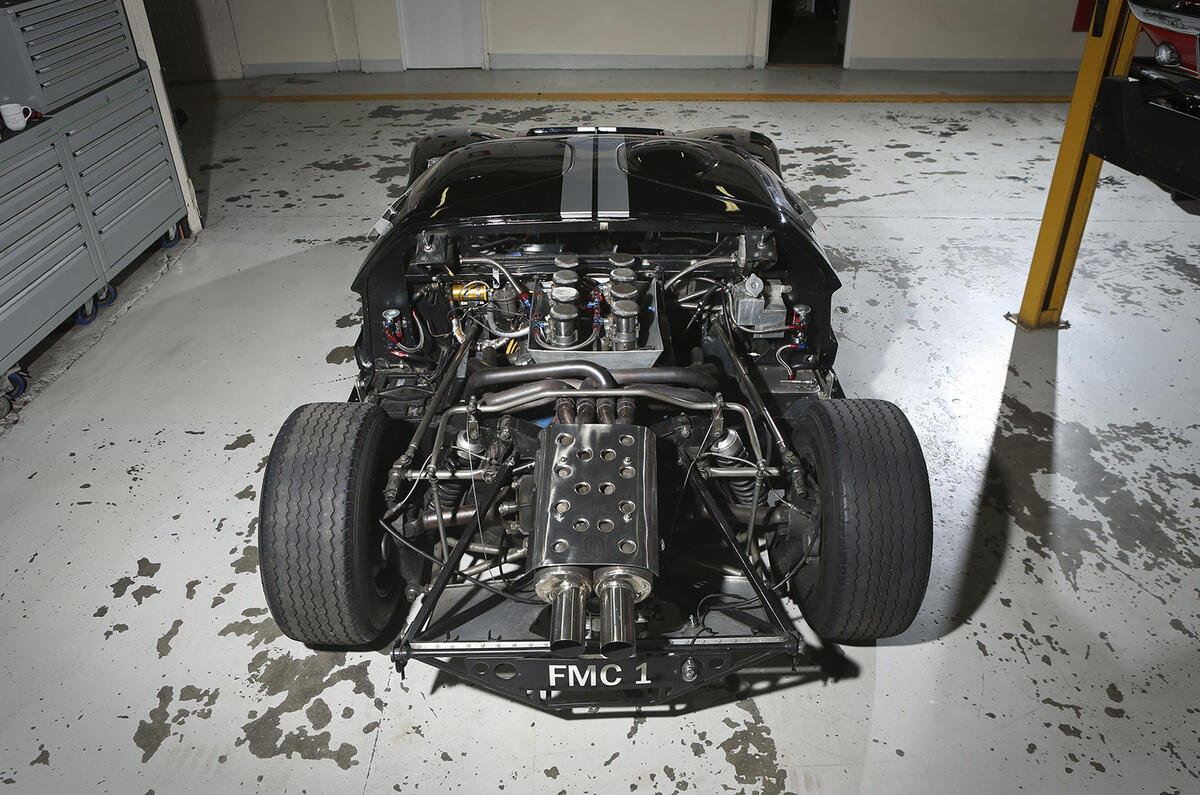
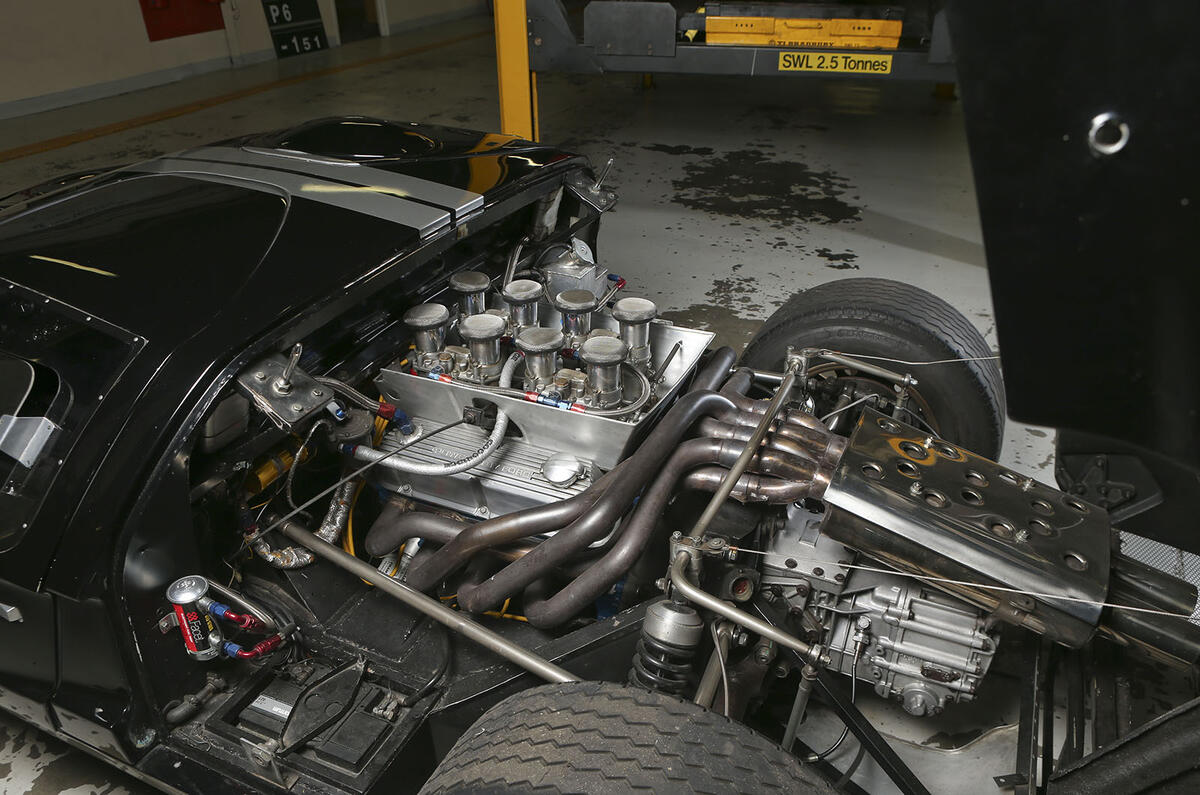
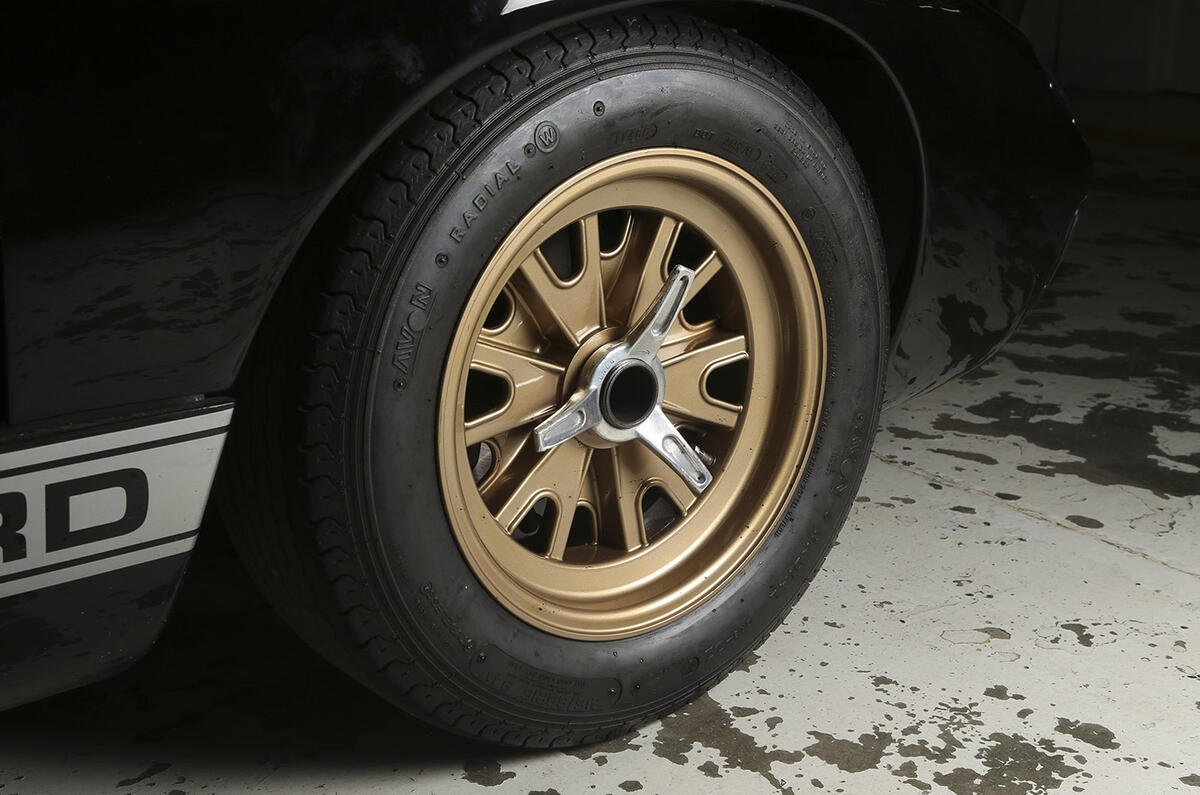
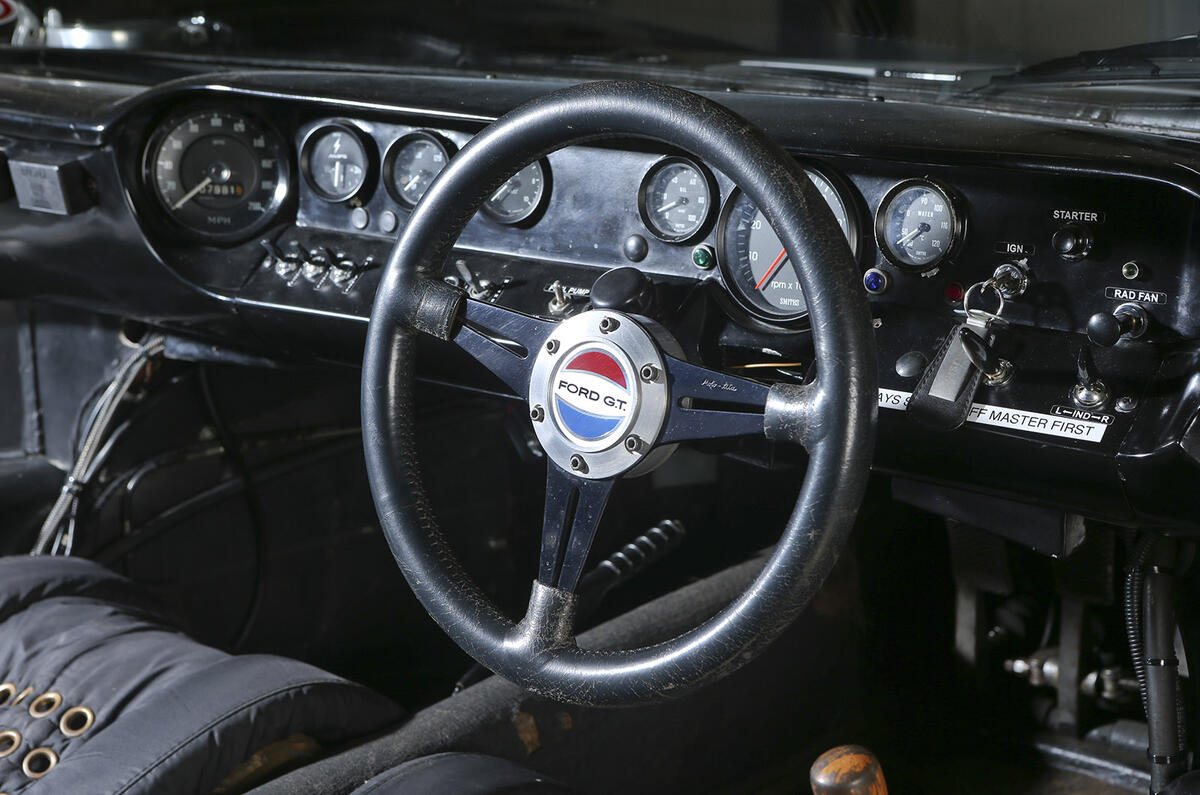
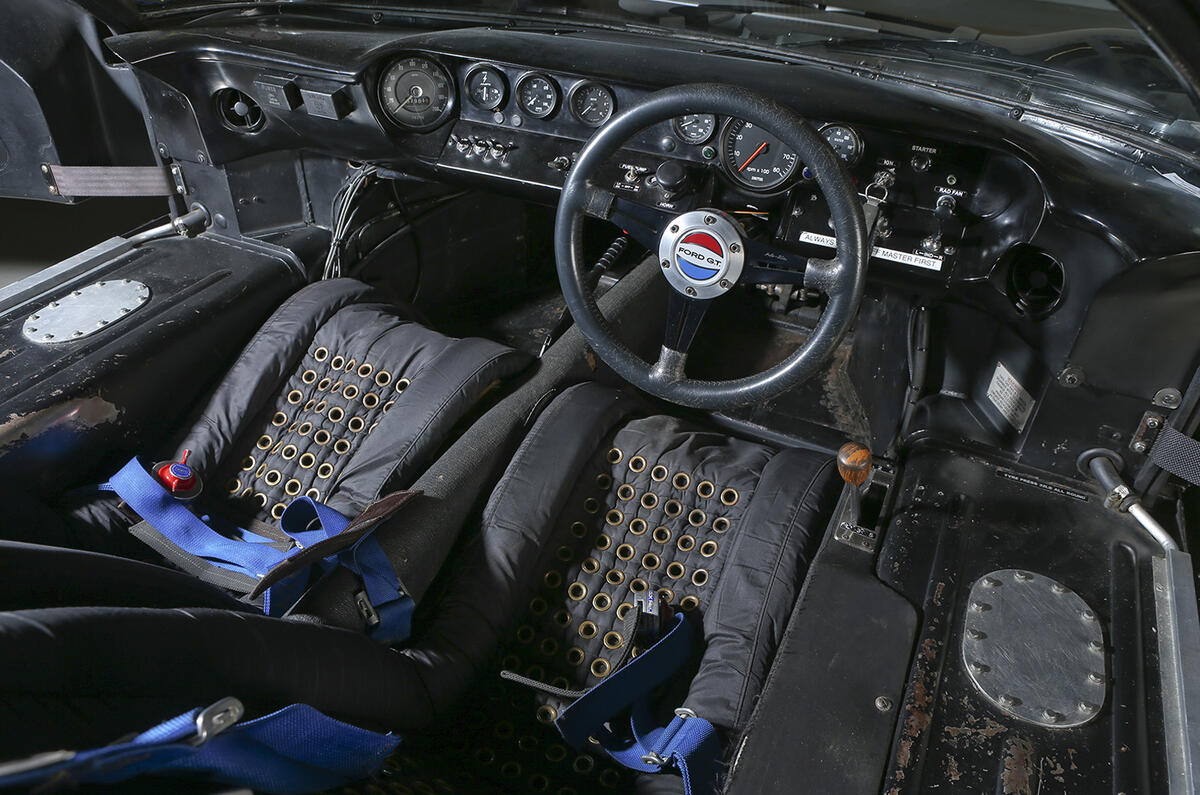
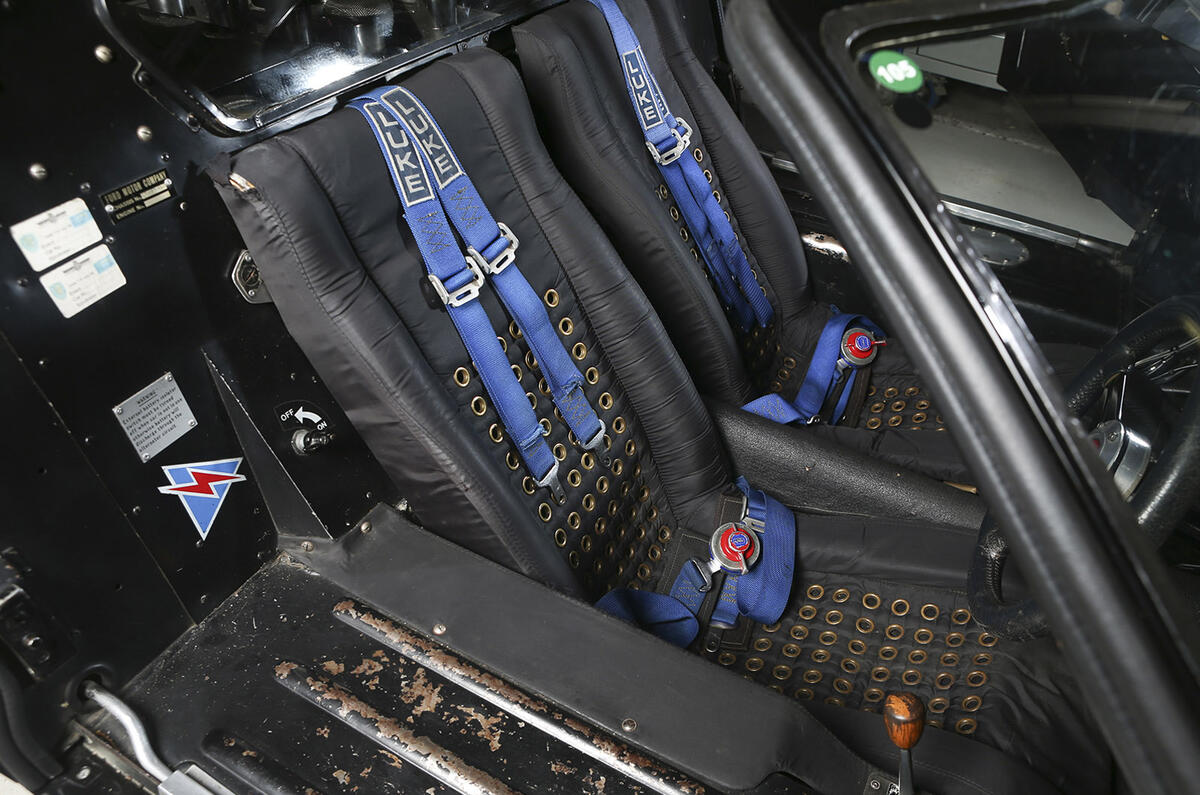
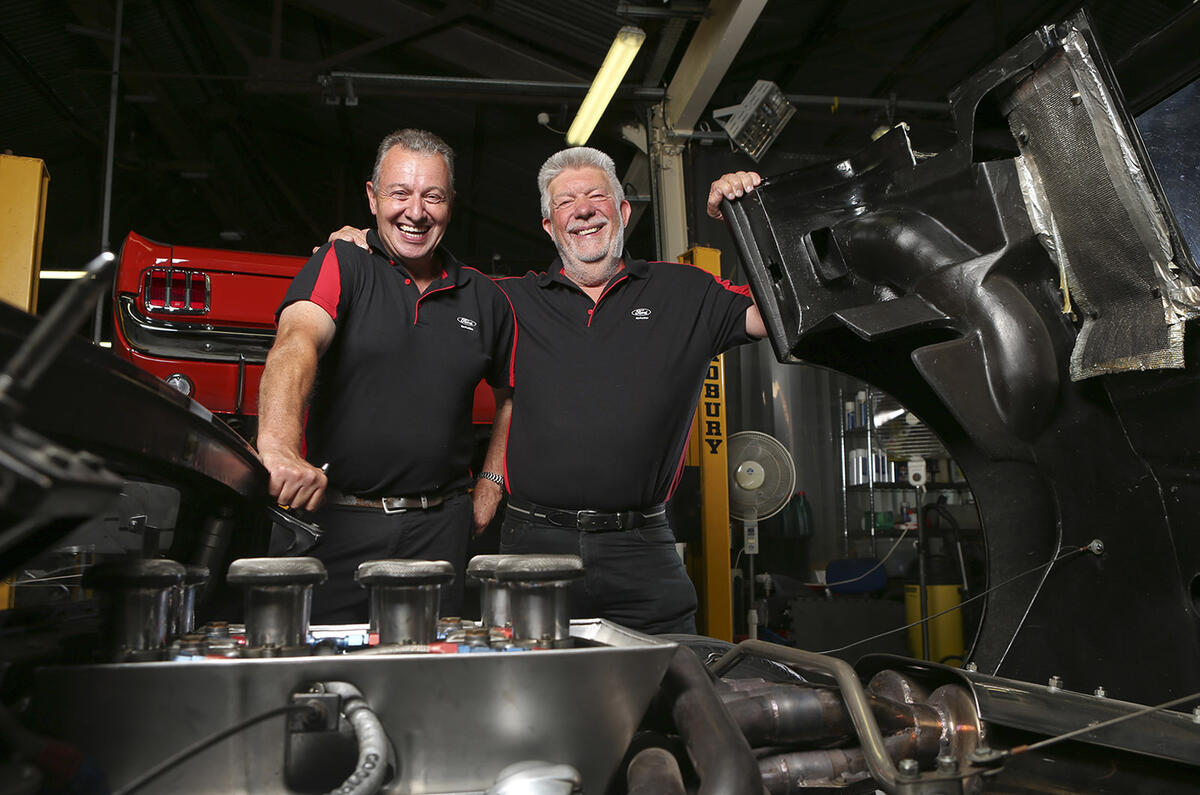
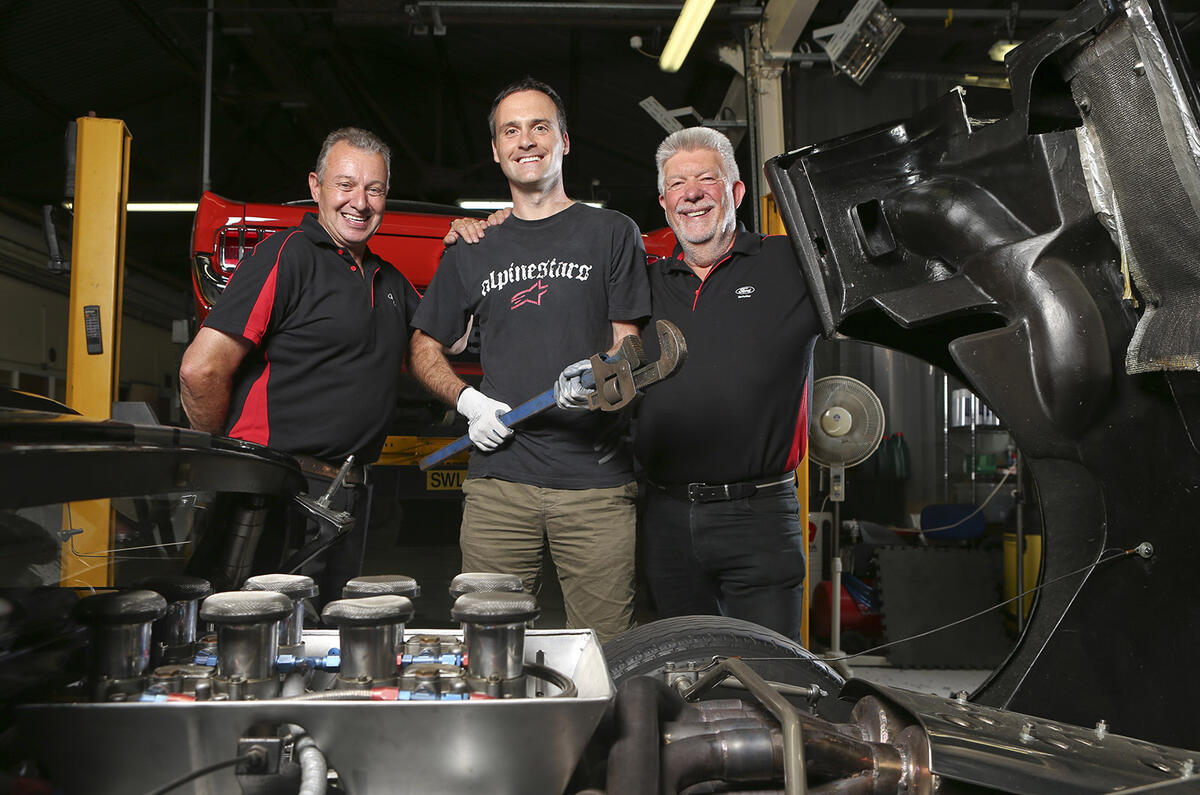










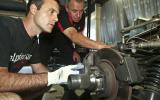

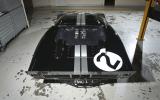
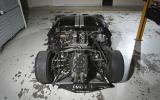








Join the debate
Add your comment
The problem is
I've been lucky enough to be in it when it was it's original Linden Green (before they painted it in Gulf Colours) and then changed it like now for the Festival of Speed.
I hear a rumour that they are going to paint the MkIII they own Red as per the original MkII advertising material
Envy........